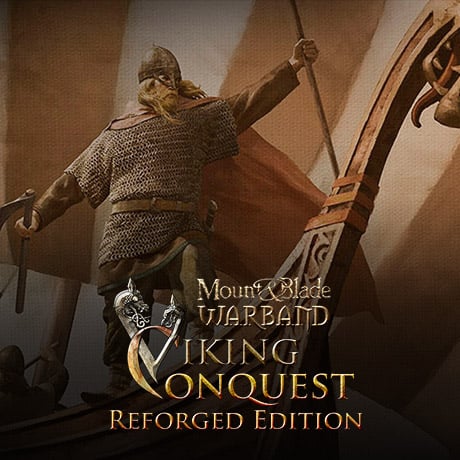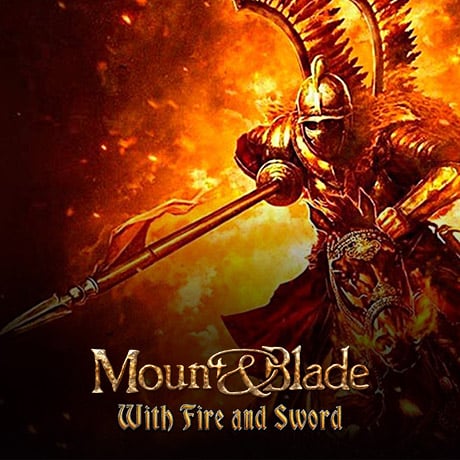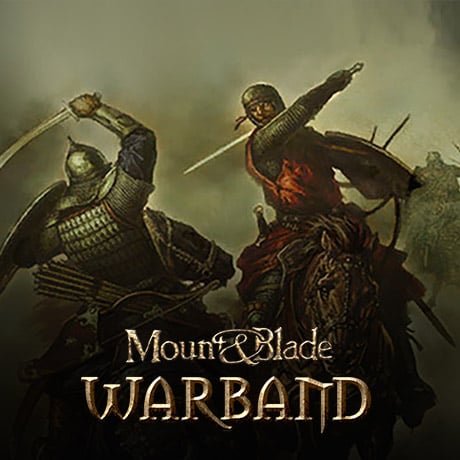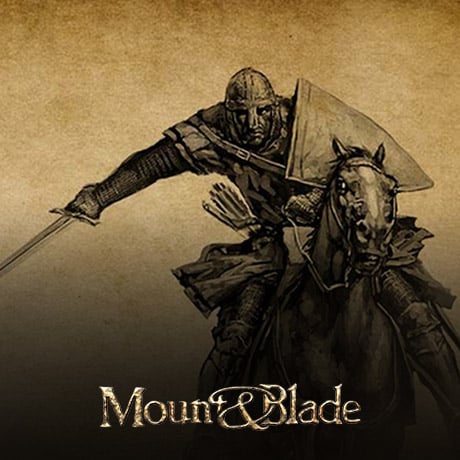EARLY RUSĬ NAMES

Princess Olĭga
This is a compilation of attested early Rusĭ names, drawn from two main primary sources:
The Russian Primary Chronicle
The Novgorod birch bark documents
And from one main secondary source:
A Dictionary of Period Russian Names
Many of these names are only attested in the early 12th century, but I included them when they presented common Slavic name elements that were in use before that. Other plausible names can be formed in the same way by combining existing elements.
Much of this thread will read as a disclaimer, as I know next to nothing about Slavic names and languages. I am a compiler, not an expert. I might be able to answer some basic questions, but don’t expect much. Take everything here with a grain of salt, and feel free to suggest corrections if you happen to be an actual Slavicist.
TRANSLITERATION
Throughout this thread, I use the BGN/PCGN romanization system, the most intuitive for English speakers and a quite consistent one, with some minor adaptations to make it suitable for Old East Slavic:
ъ, ь: These letters are silent in modern East Slavic languages, but were still pronounced in Old East Slavic. I transcribe them as ŭ and ĭ respectively, following Old Church Slavonic conventions.
ѣ: This letter was removed from the Russian alphabet in 1918, as the vowel had merged with е. In early Old East Slavic, however, it was still a distinct sound. I transcribe it as ě, again following Old Church Slavonic conventions.
е: Iotation of е, transcribed as ye in the BGN/PCGN system, is not marked in my transcriptions due to the difficulty of reconstructing such iotations for early Old East Slavic. As an example, Igorevŭ would probably be pronounced approximately as /ˈigorjevɵ̆/.
ѧ: This letter, known as little yus, would eventually be phased out by its direct descendant, я, in the early 18th century. Therefore, I use the same transliteration that would be used for я, that is, ya.
The name list itself, aside from the original Cyrillic spelling, also provides a transcription using the scientific transliteration system preferred by Slavicists.
PATRONYMICS
In later times, the patronymic was usually formed by adding a patronymic suffix to an adjective formed with the derivational suffix -ov/-ev added to the root of a name, although other endings were possible (cf. Gordyata > Gordyatinŭ). These were extremely productive suffixes with which adjectives could be derived from any noun, with a sense of "pertaining or related to". The vowel of the suffix -ov/-ev depended on the quality of the preceding sound, but for most native names it was -ov.
Thus, the adjectival forms of personal names (not the patronymic) were formed as follows:
Vsevolodŭ > Vsevolodovŭ, "pertaining to Vsevolodŭ"
Glěbŭ > Glěbovŭ, "pertaining to Glěbŭ"
Igorĭ > Igorevŭ, "pertaining to Igorĭ"
Georgii > Georgievŭ, "pertaining to Georgii"
Gordyata > Gordyatinŭ, "pertaining to Gordyata" (for male names ending in -a)
Again, this form, by itself, was not a patronymic in Víkingr times - you need to attach the patronymic suffix proper to it: -ichĭ (m) and -icha or -ĭna (f):
Igorev- > Igorevichĭ (m), Igorevicha/Igorevĭna (f)
Vsevolodov- > Vsevolodovichĭ (m), Vsevolodovicha/Vsevolodovĭna (f)
Gordyatin- > Gordyatinichĭ (m), Gordyatinicha/Gordyatina (f)
Names that ended in the -slavŭ element had the patronymic attached directly to the base form without the -ov/-ev suffix:
Yaroslavŭ > Yaroslavichĭ (m), Yaroslavĭna (f)
In the earlier Old East Slavic period, however, -ov/-ev was optional, and patronymics in just -ichĭ or -icha were common:
Vyshata > Vyshatichĭ (m), Vyshaticha (f)
Volodiměrŭ > Volodiměrichĭ (m), Volodiměricha (f)
BYNAMES
Old East Slavic, like Slavic languages in general, was very fond of deriving adjectives from nouns instead of using the genitive or a prepositional construction to mark possession, relation, procedence, etc. Thus, we typically find phrases like dvorŭ Gordyatinŭ i Nikiforovŭ (дворъ Гордѧтинъ и Никифоровъ), "the court of Gordyata and Nikiforŭ", where derived adjectives rather than the genitive of the base name are used. Similarly, what in English would be translated as "Gordyata of Novgorod", in Old East Slavic would be Gordyata Novŭgorodĭskyi (Гордѧта Новъгородьскыи), with an adjective derived from Novŭgorodŭ with the ending -ĭskŭ (cf. the later but well-known Aleksandr Nevskyi, "Alexander of the Neva"). Other types of bynames do not seem to be commonly attested for this period, although there's Němoi (Нѣмои), "the mute", from the early 12th century, and names in -ěi (-ѣи) may have been bynames, at least originally. The Dictionary of Period Russian Names has a section on bynames which you might find useful, but it is based mostly on much later attestations.
DIMINUTIVES
There are many diminutives, as is traditional of Slavic languages. I have not attempted to link them together in any way, and there are many theoretically possible but unattested (for our period) forms which I have not included but which should be alright to use. The simplest and safest method to create a diminutive is to add the suffix -ŭko (m) or -ŭka (f) to the first element of a name: Rad- > Radŭko (m), Radŭka (f). Careful examination of the name list will reveal many other methods, some of them tricky, as they may trigger palatalization of the preceding consonant.
SPELLING VARIANTS
I have made little attempt to list different spelling variants of the same names, with few exceptions, which often simply record different linking vowels between name elements (e.g. Slavomirŭ vs Slavimirŭ). Needless to say, in the primary sources the spelling is rarely consistent.
For example, there’s often fluctuation between ě, e and even i, and the later the text, the greater the possibility of confusion between ŭ and ĭ, which may also alternate with o and e respectively. In the original Cyrillic, оу or у may appear for u, and o may appear as ѡ - these fluctuations aren't reflected in my transliterations. Early in its history, Old East Slavic was very adverse to consonantal clusters, and would often break them by inserting the short vowels ŭ and ĭ. Sometimes, those vowels were inherited from Common Slavic. By the time of our earlier sources, however, those vowels were often dropped, creating new clusters, but also new spelling variants: kĭnyazĭ vs knyazĭ, Yanĭka vs Yanŭka vs Yanka, etc. While I’ve tried to stick to the etymological spelling as much as possible, I don’t have the resources to determine what the original spelling should be in all cases, and often I have preferred to keep the form used in the primary source rather than attempt to reconstruct an older one. At any rate these variations should be considered acceptable for our period.
Of greater importance is the matter of the influence of Old Church Slavonic on Old East Slavic. Old Church Slavonic forms are usually easy to recognize due to the lack of pleophony, a phenomenon by which Old East Slavic broke certain consonantal clusters and which sets it apart from the other Slavic branches. For example, to Old Church Slavonic gradŭ and Vlad- correspond Old East Slavic gorodŭ and Volod-. To an extent, I have tried to exclude West and South Slavic names that were obviously not used by the Rusĭ, but that is hard to determine, and usually I have preferred to err on the side of caution rather than to delete many names on the grounds of whether or not they displayed pleophony, as the influence of Old Church Slavonic made it so that non-native forms were widespread among the Rusĭ, and furthermore, some dialects like that of Novgorod may also have presented similar forms without pleophony. This also created spelling variants: Prědŭslava is influenced by Old Church Slavonic, Peredŭslava is a standard Old East Slavic form.
Ultimately it is up to the player to decide how comfortable they are with these names; it does not take a lot of practice or research to recognize names in Drago-, for example, as not East Slavic (cf. Modern Russian dorogoy).
NON-SLAVIC NAMES
Christian names (mostly Greek) are marked with a dagger (†). Few of them are attested during the Víkingr timeframe, and I have tried to include only those that were common enough and which were used outside the clergy. During this period, most Christian Rusĭ still used traditional Slavic names.
Names believed to be Norse are marked with an asterisk (*). Except for a few ones that became traditional Rusĭ names (e.g. Igorĭ, Olĭga), they appear to have been Varyag (Varangian) names used by Norse settlers and adventurers or their immediate descendants, not by the Slav population at large. Use with caution.
There are probably some Turkic and Finnic names in the list. Turkic peoples like the Khazars, the Cumans and the Pechenegs interacted with the Rusĭ, and in some cases ruled them, for centuries. Finnic peoples played an important role in the formation of the earliest Rusĭ identity in the north.















